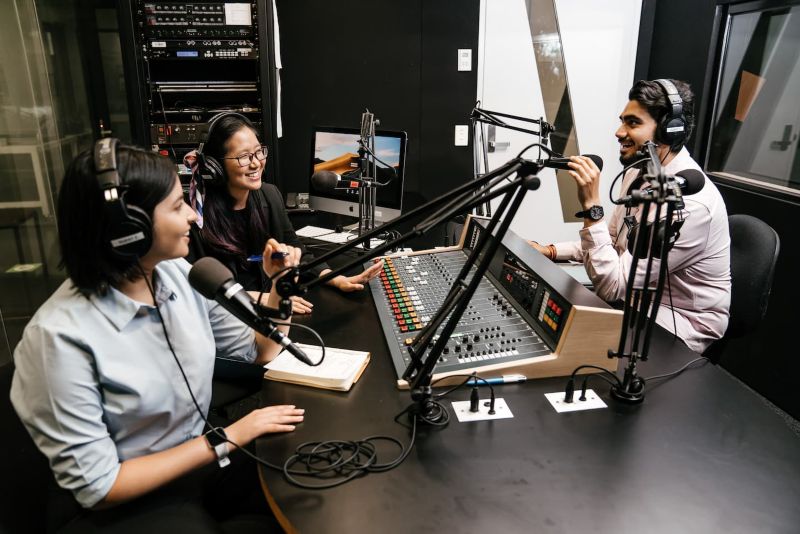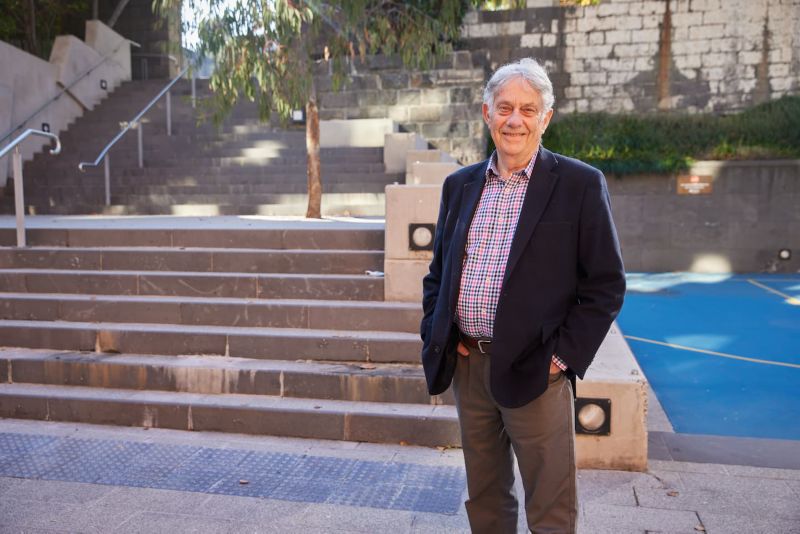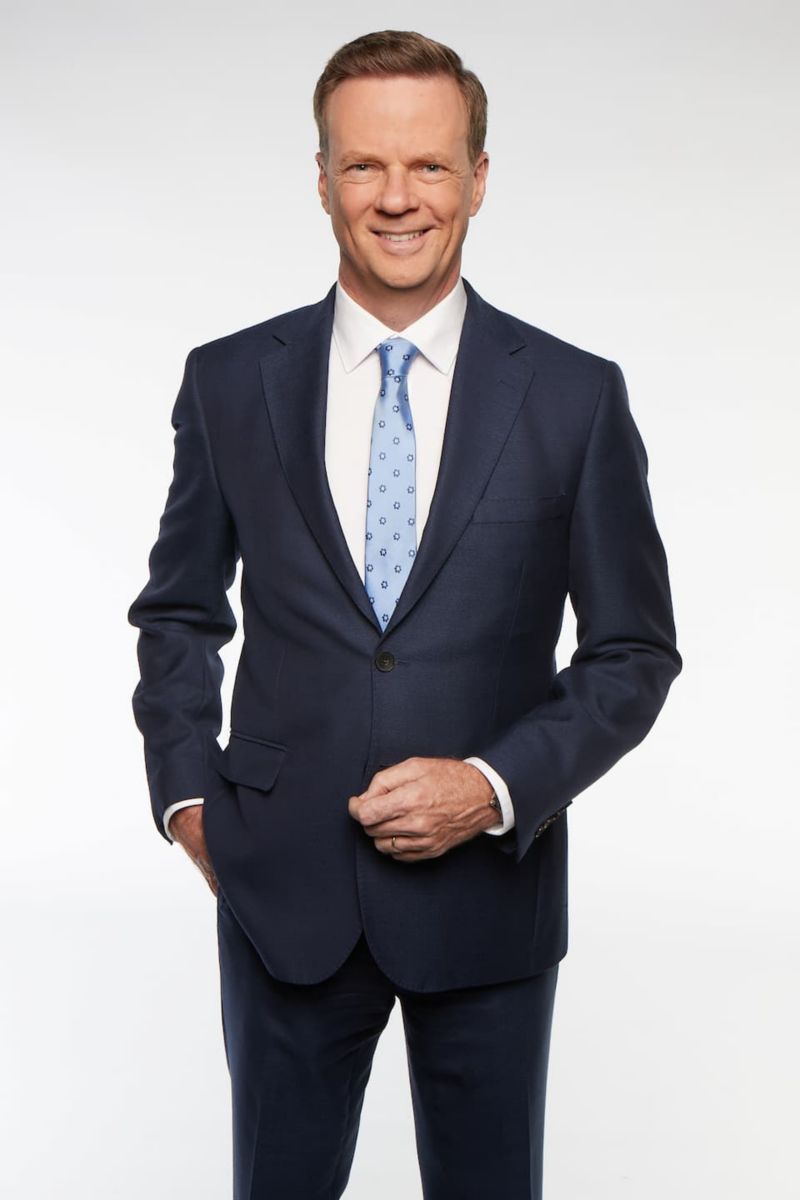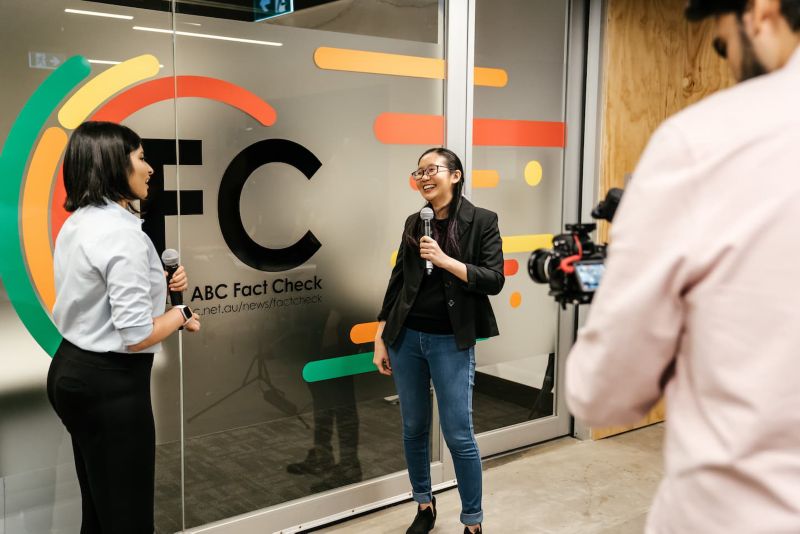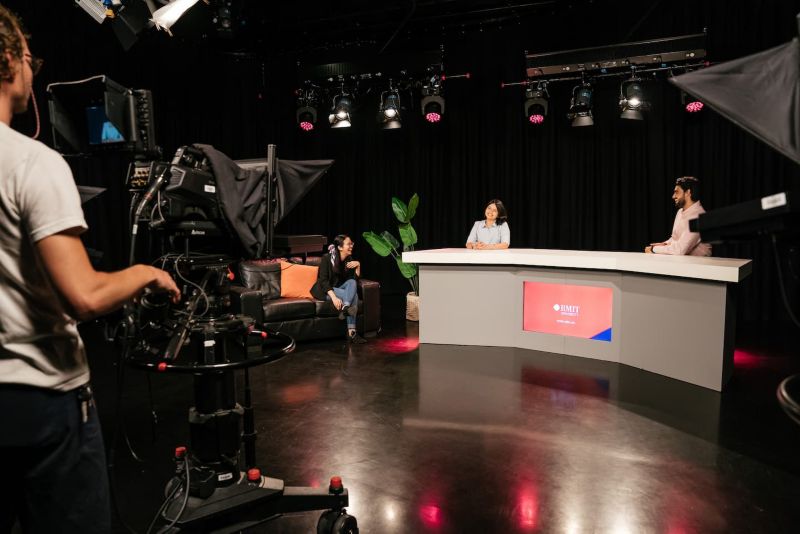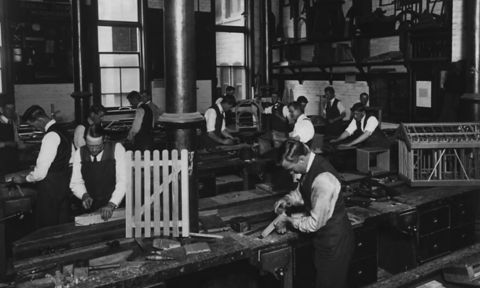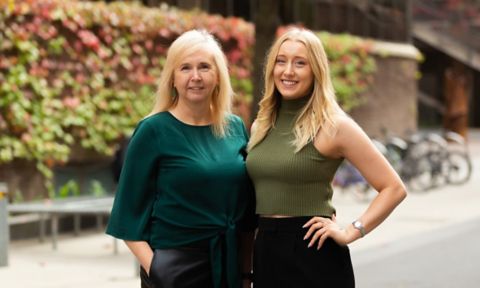2000: The RMIT Student Radio Association joins forces with 3TD, establishing SYN Media
RMIT’s Student Radio Association (SRA) merges with 3TD, an AM station run by high school students from Thornbury-Darebin Secondary College, forming SYN Media.
The by-product of the two youth-led radio projects cements its roots at RMIT’s City campus, and commences permanent radio broadcast in January 2003, before expanding to the screen later that same year with the launch of SYN TV on Channel 31.
Among the first students making the most of the broadcast programs and facilities on campus, Channel Nine presenter and reporter Alicia Loxley opens the door to her career as an Australian journalist, gaining invaluable practical experience before graduating from RMIT in 2003.
“My experience at RMIT was essential to preparing me for life in a newsroom […] the practical nature of the course meant we were in many ways job ready, from putting together radio news bulletins to recording and editing our own TV news stories,” she said.
“I was part of a community radio program called Arts Alive while I was at RMIT and in 2002 I was sent to the Adelaide Fringe Festival.
“The film ‘The Tracker’ had its world premiere there that year and I managed to get a one-on-one interview with its star David Gulpilil, which remains an absolute career highlight.”
2005: The first RMIT student wins the Melbourne Press Club Student Journalist of the Year Award
RMIT student Kate Stowell etches her name in our history books, becoming RMIT’s first journalism student to win the Melbourne Press Club Student Journalist of the Year award.
A significant personal achievement for one of our students as well as an honourable accolade for the university, Kate paves the way for RMIT students Lisa Martin and Bridget Davies, who followed in her footsteps to claim the title in 2007 and 2015, respectively.
Meanwhile in 2011, Jane Vashti Ryan and Harrison Tippet are acknowledged for their writing prowesses, winning the Melbourne Press Club/Siemens Award for Student Journalism. Matthew Peirri also claimed the award in 2012, making it back-to-back honours for RMIT.
2013: RMIT Journalism Society is founded
The RMIT Journalism Society is born, setting out to foster the talent and development of RMIT’s emerging journalists. The student-led club provides the chance to access opportunities, network and develop in an encouraging, supportive and social environment.
2017: RMIT partners with ABC to relaunch Fact Check
RMIT combines with ABC in an innovative partnership to relaunch award-winning public news service Fact Check.
The collaboration heightens the university’s reputation for producing journalism graduates with integrity, credibility and commitment to the highest standard and principles of media practice.
Informing the public through an independent non-partisan voice, RMIT ABC Fact Check determines the accuracy of claims by politicians, public figures, advocacy groups and institutions engaged in the public debate.
A year later in 2018, RMIT would lead the way for other universities in Australia, introducing the very first fact-checking subject as part of its journalism offering. But it’s not just journalism students reaping the benefits, with a RMIT ABC Fact Check initiating a 90-minute micro-credential on fact checking and verification, available free for all students on the RMIT Creds platform.
